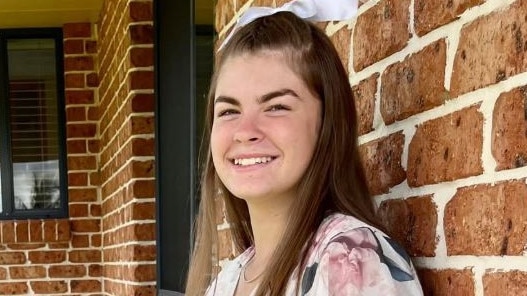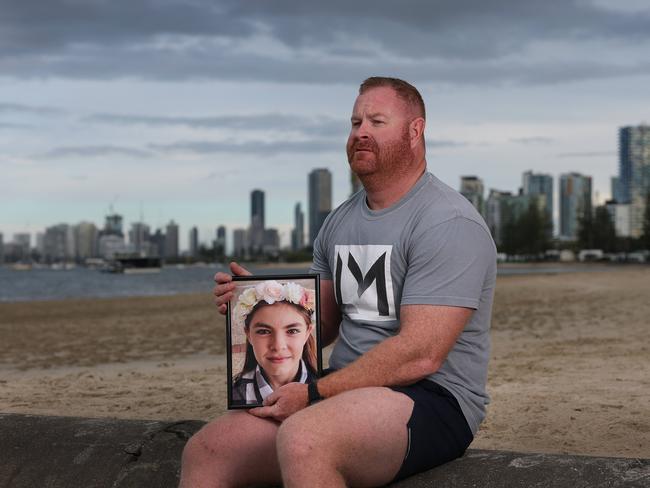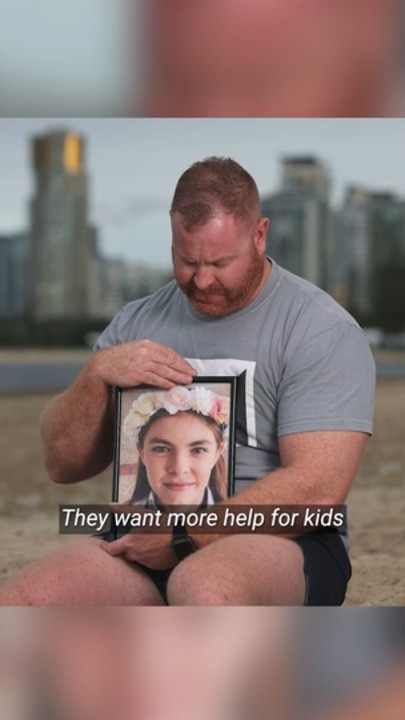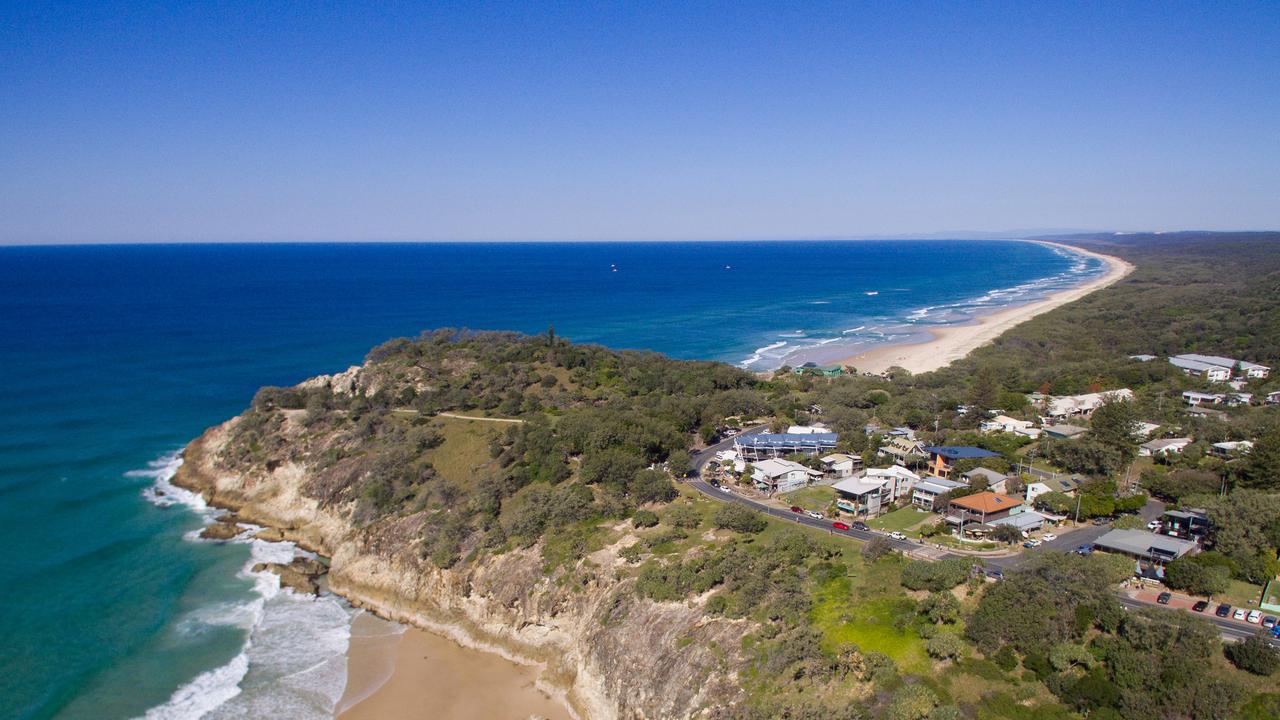Editor’s view: Horror child suicide rate leaving too many Qld families shattered
Five Queensland children took their own lives in just the first eight weeks of this year. It is a statistic that is horrifying, and makes it obvious more needs to be done to help our children.

Opinion
Don't miss out on the headlines from Opinion. Followed categories will be added to My News.
Five Queensland children took their own lives in just the first eight weeks of this year.
Five.
And that’s five families and communities left shattered wondering what more could have been done to save them.
It is a statistic that is horrifying, yet it is one that is being replicated right across the country.
It is obvious more needs to be done to help our children.
Today, Gold Coast father Todd Murphy bravely tells the story of his daughter, Lacie May, a proud First Nations teenager who took her life on March 18.
Mr Murphy and Lacie’s older sister, Mikah, are speaking up for Lacie in the hope they can make a difference. They say the bubbly teen had been bullied at school, which exacerbated her mental health struggles until she felt she had no way out.
Mr Murphy wants more resources to deal with child mental health problems – including in schools – as well as a zero-tolerance approach to bullying.
The statistics add weight to his calls.
According to the state government’s Growing Up in Queensland report, 33 per cent of young people aged 13-18 years have reported having an emotional or mental health condition.
But they face multiple barriers in getting help – including wait times and the cost of accessing services.

In Queensland, 31 per cent of the overall population reports having a mental and behavioural condition – which the Australian Bureau of Statistics says is the highest in the nation.
A staggering 50.8 per cent of females aged 15-24 say they have a mental and behavioural condition, compared to 31.3 per cent of males in the same age group.
The health expenditure for suicide and self-harm in Australia in 2022-23 was $361.2m.
What these horrific statistics show is that investing in mental health not only saves lives, it makes economic sense.
Our state and federal governments have come to the party in recent years, devoting more of their budgets to mental health initiatives.
The federal government has also committed to raising the minimum age to access social media to 16 after The Courier-Mail and its sister mastheads spearheaded the Let Them Be Kids campaign almost a year ago.
The campaign highlighted the horrific effects social media was having on the mental health of Australian children, in some cases leading to suicide.

Experts believe raising the age will have a monumental impact on the mental health of our children, who routinely find bullying in the schoolyard follows them home – a problem previous generations never had to deal with.
Bedrooms, once sanctuaries for teens when they got home from school, are now among the most dangerous places they can be, alone on their phones exposed to the harmful social media algorithms and messaging apps that facilitate relentless bullying by peers.
In 2022, the previous state government committed to spending $1.6bn to fix Queensland’s mental health crisis after The Courier-Mail’s Through the Cracks campaign exposed the woeful lack of funding in the area.
However, there was a lack of accountability from the then-Labor government on where that money was being spent.
We encourage the Crisafulli government, which was critical of its predecessors in this area, to rectify that because every fortnight from January 1 to February 28, at least one Queensland family was going through the unspeakable tragedy of having to bury their own child who had committed suicide.
No parent should have to go through that and, as a community, we must work together to ensure our children are safe and supported.


